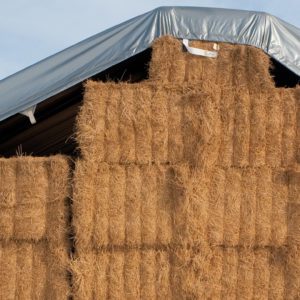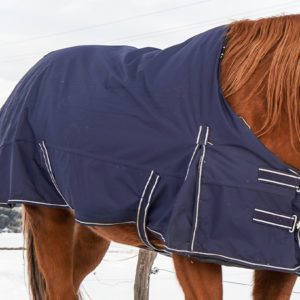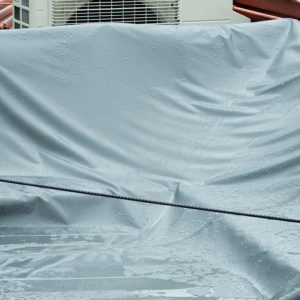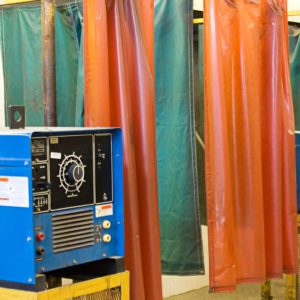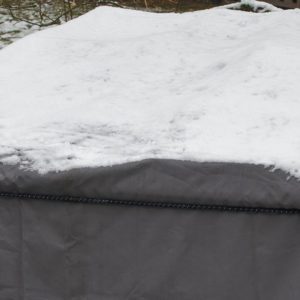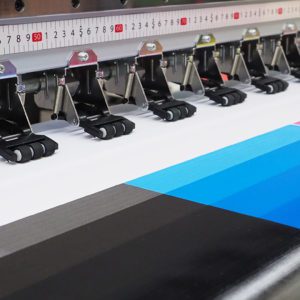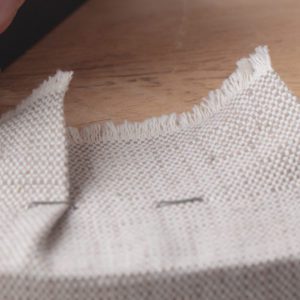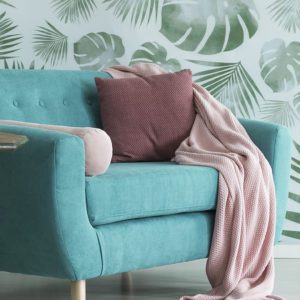Overview
Foam is an essential material in the fabric industry because it can be laminated to textiles to create new materials. Various types of foam offer different properties critical to fabric performance across a range of applications, including apparel, furniture, and bedding. Understanding foam basics will help establish you as an authority in product lamination.
Open Cell vs. Closed Cell Foam
Open cell foam is springy and easily returns to its original state. It’s softer, more breathable, and more flexible than closed cell foam. It can be manufactured at both high and low densities, but is less durable than closed cell foam.
Closed cell foam is more rigid and dense than open cell foam and has greater resistance to water, air, and heat transfer. It’s used for applications where water and air resistance are essential, including insulation, buoyancy, and packaging.
Fun Fact: Many projects using closed cell foam are thermal molded to form a shape, including gun holsters.
Common End Uses For Open Cell Foam
- Furniture: upholstery for chairs, sofas, and cushions, providing comfort and support.
- Bedding: mattresses, mattress toppers, and pillows, enhancing sleep quality and comfort thanks to its breathability and softness.
- Acoustic panels: sound-absorbing panels and insulation, improving acoustics in various spaces such as recording studios, theaters, and offices.
- Apparel: padded garments, like jackets and sports gear, offering insulation, breathability, and protection.
- Automotive interiors: car seat padding, headrests, and armrests, providing comfort and support for passengers.
- Medical devices: various medical applications, such as wheelchair cushions and padding for orthopedic braces, offering comfort and pressure relief.
- Sports and fitness equipment: yoga mats, exercise mats, and gym equipment padding, backpack shoulder straps, providing cushioning and support during physical activities.
- Footwear: shoe insoles and inserts, providing cushioning, support, and insulation for enhanced comfort.
Common Uses For Closed Cell Foam
- Outdoor gear: camping mats, sleeping pads, and backpack padding, providing insulation and comfort in outdoor environments.
- Sports equipment: knee pads, elbow pads, and helmets, offering impact absorption and cushioning.
- Medical braces and supports: orthopedic braces, splints, and other medical devices.
- Automotive and marine applications: seat cushions, headliners, and interior panels for insulation, soundproofing, and vibration damping.
- Insulated bags and containers: insulated bags, coolers, and cases for temperature-sensitive items, helping to maintain the desired temperature.
- Gaskets and seals: gaskets and seals for various applications, as it offers water resistance and airtight sealing.
- Footwear: shoe insoles and inserts, providing cushioning, support, and insulation for enhanced comfort.
Clickable vs Non-Clickable Foam
Clickable foams have a consistent density and structure, which allows them to be precisely cut using a clicker press. They maintain their shape after cutting so they’re great for applications that require uniform shapes. Clickable foams are used a lot in the automotive, footwear, and packaging industries, where precise shapes and clean cuts are needed.
Non-clickable foams will often remain pinched when pressed or cut instead of recovering to their original shape. Non-clickable foams are typically used in applications where precision cutting is not critical or when the foam’s cushioning or insulation are more important.
Ester vs. Ether Based Foam
Ester foam is typically more durable and resistant to heat and chemicals, making it ideal for heavy-duty applications. The downside of this type of foam is that it’s susceptible to hydrolysis and is stiff compared to ether-based foam.
Ether foam offers better moisture resistance and is generally softer and more flexible, making it ideal for bedding and cushions. The downside of this foam type is that it generally has lower resistance to heat, chemicals, and abrasion, so it’s not optimal for heavy duty applications with extreme temperatures and exposure to chemicals.
Note: Both ester and ether foams can be either open-cell or closed-cell depending on the desired properties and end use.
What is Hydrolysis?
Hydrolysis refers to the breakdown of materials when exposed to water. Related to ester foams, hydrolysis can occur when the foam is exposed to moisture or humid environments. This can affect the durability and performance of the laminated product.
Foam Density
Foam density is a way to describe how much foam is packed into a specific space. It tells us how heavy the foam is and how firm it feels. Density is usually measured in pounds per cubic foot (PCF) or kilograms per cubic meter (kg/m³).
There is a difference between the starting thickness of the foam before lamination and the finished thickness after lamination. Because it’s melted as an adhesive, it will be slightly thinner after the lamination process.
